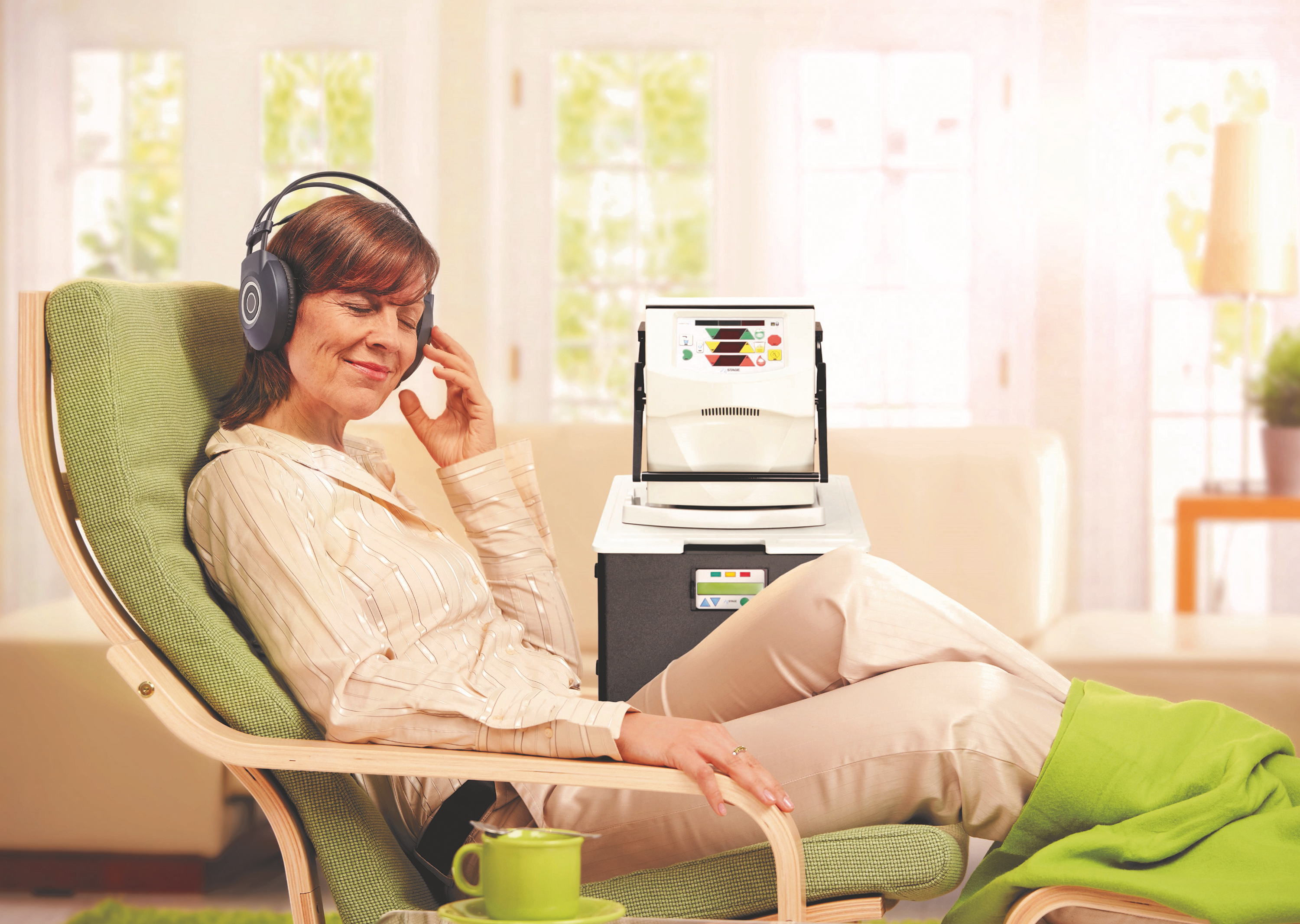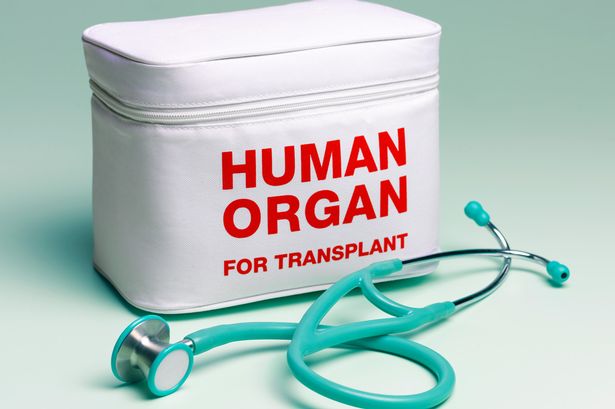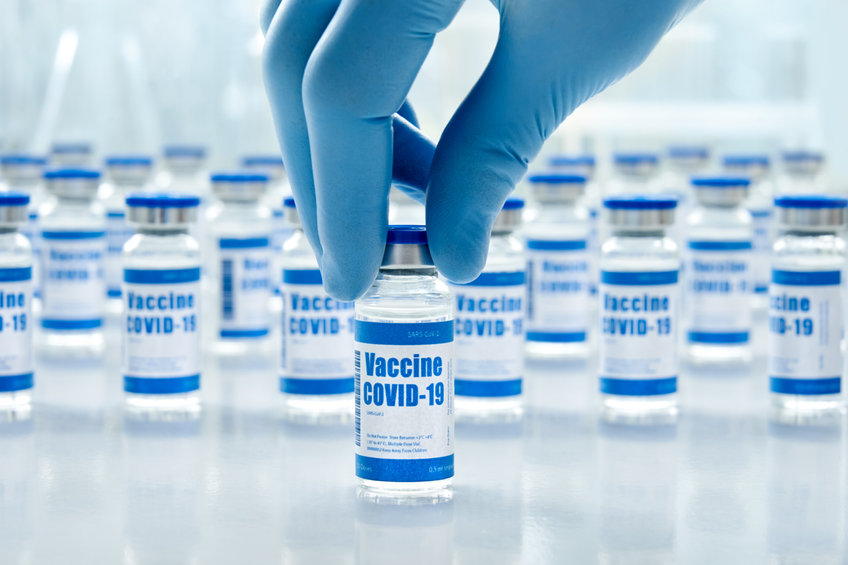This ESRD facility monthly newsletter highlights the latest ESRD insights and resources. Our goal is to provide you with a resource that makes it easy for you to stay on top of trends and support you in providing the best possible care for those you work with and serve.
In This Issue:

“Feeling gratitude and not expressing it is like wrapping a present and not giving it.” William Arthur Ward
As we approach Thanksgiving, we want to express our thankfulness for each of you. Continuing to care for patients and each other during nearly three years of disruption is truly exceptional. We thank you, and we are thankful for you!
November Awareness
 November is National COPD Awareness Month and Lung Cancer Awareness Month. As such, it is fitting that the Great American Smokeout is scheduled for November 17. According to the American Cancer Society, smoking causes an estimated 480,000 deaths every year, or about one in five deaths. Smoking can also impact transplant eligibility. Here are some resources that you may find helpful:
November is National COPD Awareness Month and Lung Cancer Awareness Month. As such, it is fitting that the Great American Smokeout is scheduled for November 17. According to the American Cancer Society, smoking causes an estimated 480,000 deaths every year, or about one in five deaths. Smoking can also impact transplant eligibility. Here are some resources that you may find helpful:
Additionally, the Centers for Disease Control and Prevention (CDC) recognizes U.S. Antibiotic Awareness Week (USAAW) every year from November 18-24. The purpose of this week is to raise awareness and increase knowledge about the threat of antibiotic resistance and the importance of appropriate antibiotic use. Antibiotic stewardship—continuing to improve how antibiotics are prescribed and utilized—is imperative to effectively combat the resistance of antibiotics, treat infections, and protect patients from harm and negative health impacts caused by unnecessary antibiotic use. For more information and events, please visit the CDC’s page devoted to this topic.
Patient Services Pearls
Medicare Part B Immunosuppressive Drug: New Benefit

Patients with Medicare because of ESRD will lose coverage 36 months after a kidney transplant unless otherwise eligible for Medicare. Patients who meet specific criteria can qualify for continuous Medicare-covered immunosuppressive drugs. Find out about the new Medicare Part B immunosuppressive drug benefit:
- Who’s eligible to enroll and when?
- When does coverage start and what’s covered?
- How does it work with other insurance?
- What are the out-of-pocket costs?
- How can I help my patients enroll?
- What else do I need to know and where can I get more information?
Home Dialysis

As we continue to promote home therapies, it’s important for all staff to be engaged and feel comfortable talking to patients about home modalities. To assist you with this goal, staff can complete the Universal Staff Education Course 2 by the End Stage Renal Disease National Coordinating Center (ESRD NCC). These courses are free, easy-to-understand and quick-to-read modules that provide up-to-date information. In addition, they have just one quiz and offer 1.5 Continuing Education Units (CEU) upon completion. The CEU applies to RNs, CCHTS, MSWs, and RDs—a great opportunity for all.
CMS Goals
- Increase prevalent patients added to a home modality.
- Increase incident patients added to a home modality.
- Increase the use of telemedicine for home modality in rural areas.
Home Dialysis Contact: maryam.alabood@allianthealth.org
Hospital Admissions, Readmissions and Emergency Visits

According to data from the Centers for Medicare & Medicaid (CMS), several factors contribute to disparities in readmission rates for racially and ethnically diverse Medicare beneficiaries. Admission and readmission rates are higher for Black and Hispanic patients with congestive heart failure and acute myocardial infarction. As you continue to partner with local hospitals and other providers, please review the Guide to Reducing Readmissions (CMS, 2018) and the Guide to Reducing Health Disparities in Readmissions (CMS, 2018) included in the resources below.
CMS Goals
- Decrease hospital readmissions.
- Decrease hospital 30-day unplanned readmissions.
- Decrease emergency department visits.
- Decrease COVID-19 hospitalizations.
Resources:
Guide to Reducing Readmissions (CMS, 2018)
Guide to Reducing Health Disparities in Readmissions (CMS, 2018)
Hospitalization Contact: dany.anchia@allianthealth.org
Transplant

Panel Reactive Antibodies (PRA) test is a monthly lab draw for patients who are active on the kidney transplant waitlist. Monthly samples are critical and are used to monitor the patient’s antibody levels in the blood and are the final test for compatibility used to match listed patients with deceased donor kidneys. If a PRA sample is not drawn each month, it could be a missed opportunity for the patient to be cross-matched for a kidney. Review the Q&A About PRA Transplant Sample Flyer with your patients and staff to ensure everyone understands the importance of the monthly tests. Hang the Steps to Success Poster in your lab area to serve as a reminder for your staff. Ensure your facility has a plan to tack PRA labs for each patient on the waitlist and that all staff is educated on how to correctly draw the blood sample.
CMS Goals:
- Increase patients added to the transplant waitlist.
- Increase the number of patients receiving a kidney transplant.
Resources:
Q&A About PRA Transplant Sample
PRA Sample – Steps to Success Poster
Transplant Contact: arlandra.taylor@allianthealth.org
Vaccinations

Facilities should report COVID-19 vaccination data to NHSN weekly for both patients and healthcare personnel. Patient vaccination information is reported in the Dialysis component, and health care personnel vaccination information is reported in the Healthcare Personnel Safety component. Recently, the CDC provided a new definition for “up to date with COVID-19 vaccines”. To ensure accurate COVID-19 vaccination reporting in NHSN, review the definition changes provided in the resources below.
CMS Goals:
- Achieve patient COVID-19 vaccination rate of 80%.
- Achieve patient influenza vaccination rate of 90%; achieve 90% of staff influenza vaccination.
- Achieve patient pneumococcal conjugate 13 (PCV, Prevnar 13) vaccination rate of 56%.
- Achieve patient pneumococcal polysaccharide (PPSV, Pneumovax 23) vaccination rate of 87%. Achieve a PPSV vaccination rate of 80% of patients over age 65.
- Achieve patient PPSV booster vaccination rate of 43%.
Resources:
COVID-19 Vaccination Modules: Understanding Key Terms and Up to Date Vaccination
Up to Date Vaccination Status: Surveillance Definition Change for Dialysis Facilities
Vaccinations Contact: kristi.durham@allianthealth.org
Patient and Family Engagement

Creating a Life Plan and incorporating it into the patient’s care plan is a new CMS expectation as of June 2021. Use a Life Plan to help your patient set goals to return to work or go back to school, get a transplant or change to a home dialysis program. Also, setting goals for new patients or non-compliant patients is immensely helpful. A Life Plan can provide step-by-step guidance to help your patients achieve their goals.
There are several resources to assist facility staff in helping patients create Life Plans. Kidney School in the “Coping with Kidney Disease” provides a Life Plan template.
Additional resources:
Home Dialysis Central
UNC Kidney Center
ESRD Network 8/14 (ESRD Personal Life Plan)
Patient and Family Engagement Contact: debbie.odaniel@allianthealth.org
EQRS News You Need to Know

CMS has charged the ESRD Networks with improving the timeliness of the 2746 form submission. As you know, this form is due within 14 days of death. We know you may not be able to obtain the cause of death in a timely manner, delaying form submission. Going forward, we ask that you reach out quickly to get this information. If you cannot obtain the cause of death in 7-10 days, complete and submit the form to the best of your ability so the form is submitted within the 14-day timeframe. Please also remember that there will be no dashboard reminder to complete the form unless the patient’s date of death has been added to the patient demographic page. Additionally, if your facility is owned or managed by a large dialysis organization that batches 2728 and 2746 data, it is likely that clinic staff must still manually finish the submission in EQRS. Please check with your organization if you need clarification on the form submission process.
Resources:
- ***TRAINING*** November New User Training
- Monday, November 15, 2022 at 1 p.m. CST.
- Click here to register.
- Numerous EQRS resources, including Quick Start guides, can be accessed here.
Network 8 and 14 Service Ticket Request:
https://bit.ly/ESRDServiceTicketRequest
EQRS Contacts:
robert.bain@allianthealth.org or sade.castro@allianthealth.org